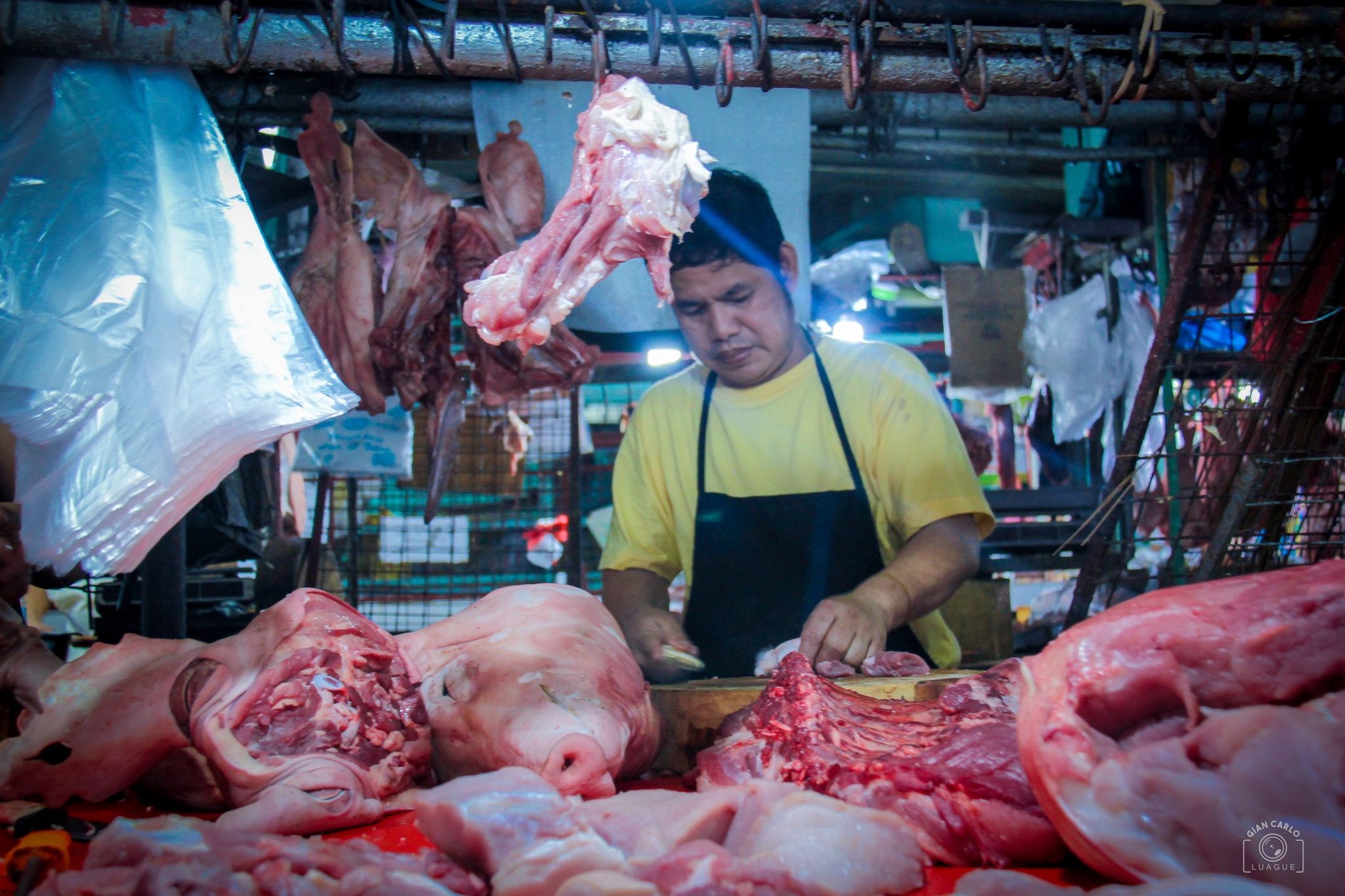
The Department of Agriculture (DA) has assured that the Philippine agriculture sector remains capable of producing enough rice and meat to meet the holiday demands.
In a press brief on September 19, the Department of Agriculture relayed that the supply outlook provided by the agency’s National Rice Program reported an increase in local palay production.
According to the agency, a big chunk of the supply comes from the locally produced rice, and production of farmers will be enough to meet the demand towards the end of the year.
Retail prices, however, might be affected by the ongoing drought in China due to its implications in the cost of palay production, as well as the presence of rice varieties from other countries.
Despite this, the DA confirmed that local production is enough.
Meanwhile, the DA livestock group—composed of the Bureau of Animal Industry, the National Meat Inspection Service, the National Dairy Authority, the Philippine Carabao Center, and the International Training Center on Pig Husbandry—confirmed the country’s meat-sufficiency, especially in terms of local chickens and pigs.
According to the DA’s Philippine Food Supply, Demand, and Sufficiency Outlook for 2022, the total broiler supply for the year is 1.82 million metric tons (MT)—1.65 million MT of which are locally produced.
With the demand for broilers expected at around 1.64 million MT this year, consumers are assured that there will be a generous supply to last up to early 2023.
The pork supply outlook, on the other hand, presented a 1.79 million MT demand for the year—about 0.10 million MT higher than the country’s total supply.
However, local pork production was estimated to be at 1.34 million MT, comprising the majority of the total pork supply.
Only 0.29 million MT of pork were imported in 2022.
Prevailing prices in National Capital Region (NCR) markets for September 19, according to the DA Bantay Presyo, are: P190/kilo for whole dressed chicken; P300/kilo for pork ham or kasim; P370/kilo for pork liempo; P420/kilo for beef rump; and P360/kilo for beef brisket.
However, the DA price monitoring group also released on the same day a list of NCR markets that revealed some vendors selling chicken and pork at much lower prices.
The Department is continuously working on maintaining the stability of the price and monitoring supply to help local producers produce enough for the demand.
The availability and sufficiency of fish products, on the other hand, have yet to be determined in an upcoming stakeholders’ meeting.
As per the DA Bantay Presyo, milkfish or bangus is priced at P160/kilo; tilapia at P120/kilo; Indian mackerel or alumahan at P300/kilo; and local round scad or galunggong at P240/kilo.
Imported galunggong is currently unavailable in NCR markets.
Efforts are being made in order to address issues on oversupply and insufficiency in certain agricultural commodities nationwide.
In another development, the provinces of Batanes and Mindoro, which previously announced an excess of native garlic harvests, were being assisted by the DA in bringing their products to the big markets especially in NCR.
In 2021, the Batanes garlic growers received P500,000 in Enhanced KADIWA Grant, which was used as trading capital.
The Agriculture Department, through the Agribusiness and Marketing Service, committed to identify cooperatives who will be provided trading capital, as well as hauling trucks and other marketing assistance.
The DA is also keen on disseminating information regarding hotlines for immediate agri-fishery assistance among local farmers and fisherfolk.
Through its Information and Communications Technology Service (ICTS), the agency has also been developing an application that will serve as a real-time link between the DA and municipal agriculturists, as well as a system that can show updates on harvest schedules and market linkage requests.
The National Food Authority (NFA) is expected to ensure sufficient rice supply by maintaining a rice buffer stock, which it can distribute either by sale or by donation to government agencies, local government units, and private institutions involved in relief operations during times of calamities.
According to a July 2022 report by the Philippine Statistics Authority (PSA), the country’s rice stocks inventory reached 2,220.21 thousand MT—160.50 thousand MT or 7.9% of which was from the NFA.
Although 8.5% lower than its previous month’s record, the July data presented a steady increase in rice stocks inventory from the March 2022 inventory of 156.26 thousand MT.
The DA also assured coordination with the Sugar Regulatory Administration (SRA) regarding updates on sugar supply and prices. (Krystelle Ymari Vergara, DA-AFID)













